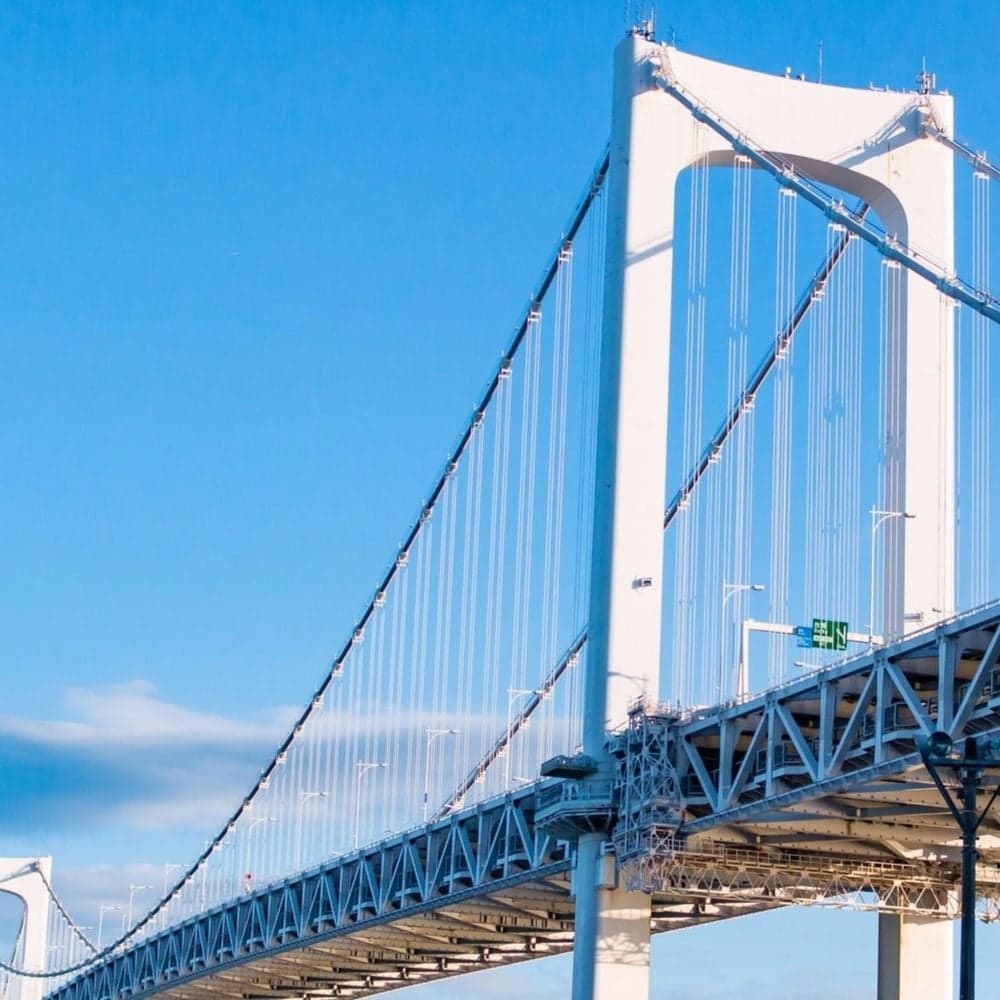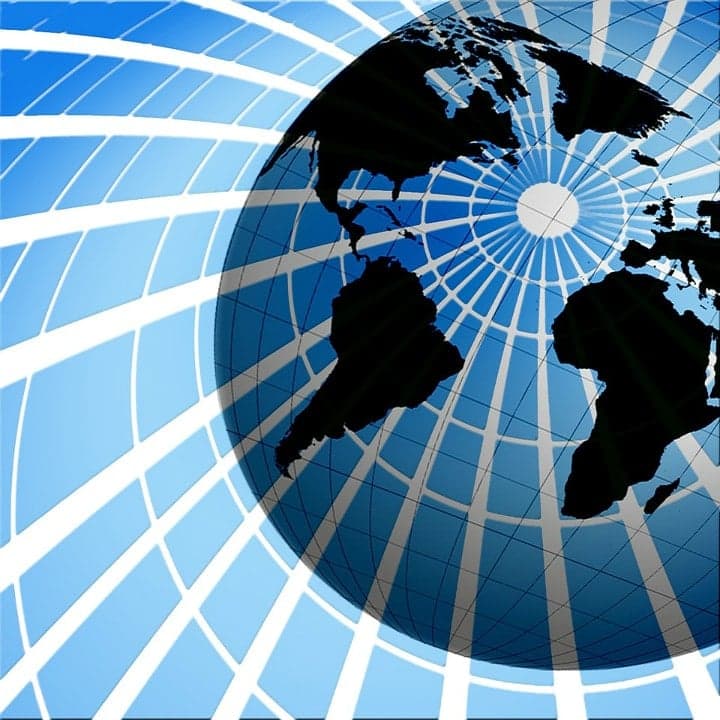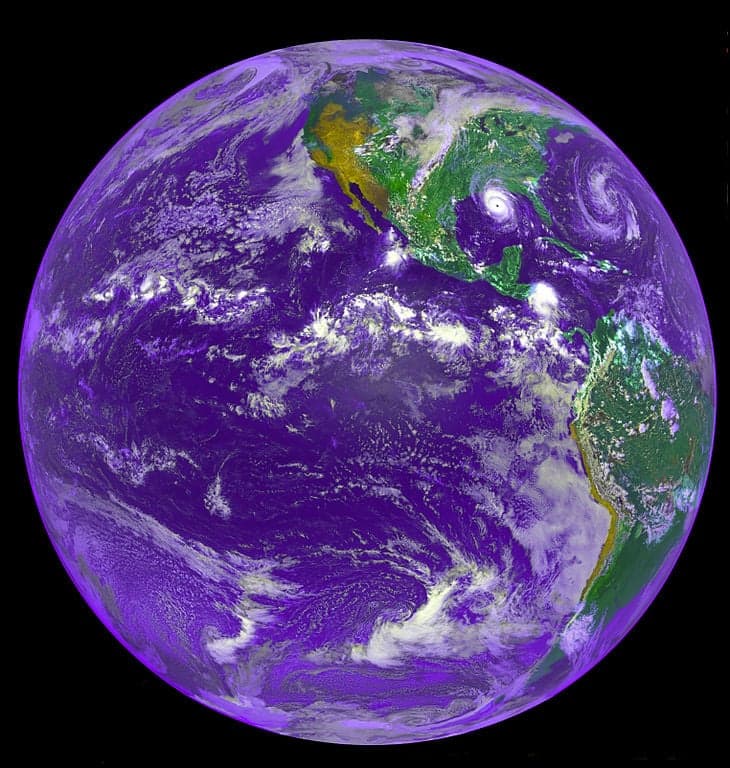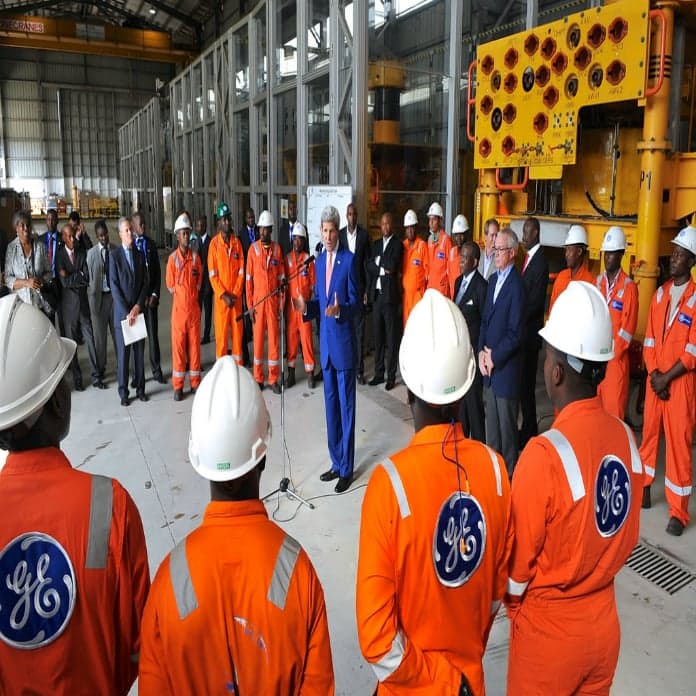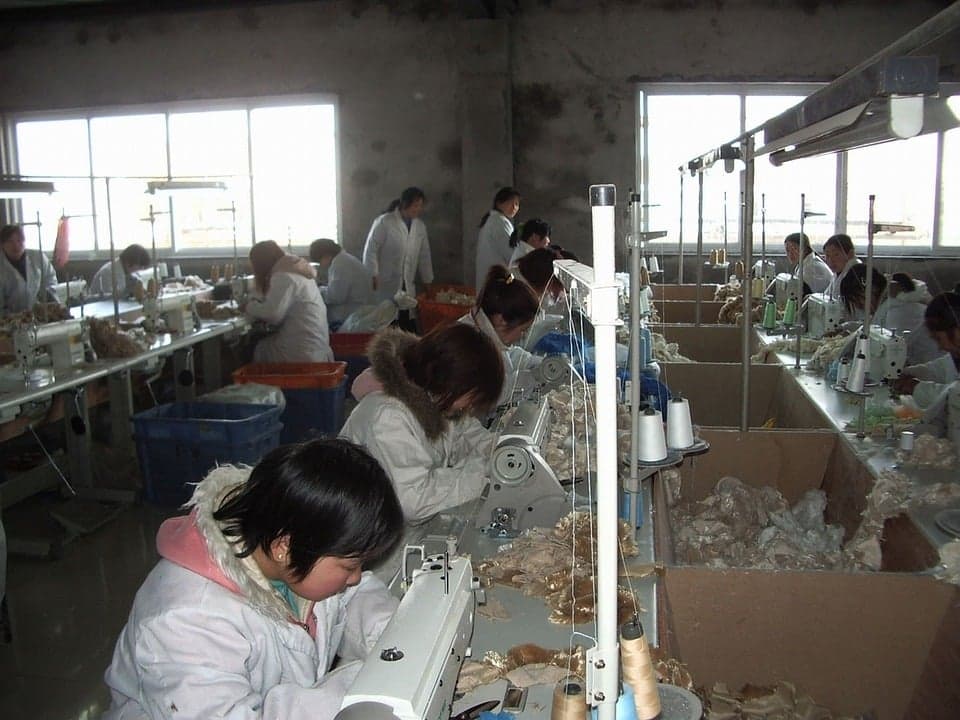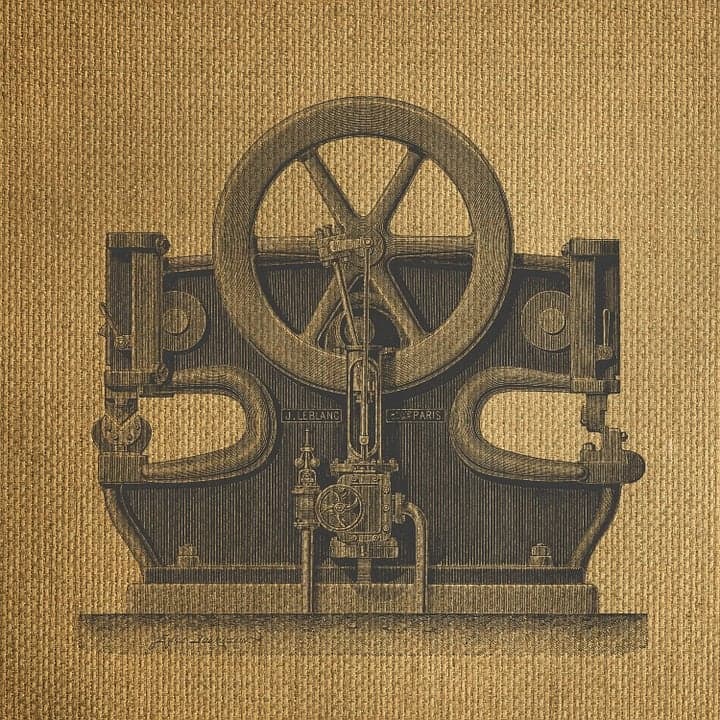This year, the International Air Transport Association anticipates four billion people will engage in global travel. By the year 2036, it is expected to nearly double to 7.8 billion—half of which will solely be from people living in Asia. High rates of international travel indicate economic well-being, and increased globalization will continue to drive demand. Areas experiencing a spike in international travel will benefit from the influx of money from tourism, but not without enduring the consequences of expansion.
globalEDGE Blog - Page 92
Publish Date:
The United States is Canada’s number one trading partner, and Canada is America’s second largest. However, to what extent does the amount of trade between these two nations span? The Great Lakes Region is composed of the two Canadian provinces of Ontario and Quebec, and the eight states of Michigan, New York, Ohio, Pennsylvania, Minnesota, Wisconsin, Illinois, and Indiana. The Gross Domestic Product of the Great Lakes Region is $6 trillion, which means that if the region were a country, it would be the third largest economy right behind the United States and China. $278 billion dollars of bilateral trade is generated in the Great Lakes Region each year, and there is a highly integrated supply chain in order to sustain such a massive amount of exports and imports.
Publish Date:
Many still think of biofuels as the fuel of the future. They think of a futuristic technology that still has not really been developed fully. Biofuels have actually been around much longer than most people realize. Henry Ford even planned to have his Model T run on ethanol way back in the early 1900s. Problems with today’s energy sources often come up because of the harm they can cause to the environment. Biofuels may eventually become a solution to both of these problems. That is why people still think of biofuels as a fuel of the future; they have not yet been implemented in society in an effective way.
Publish Date:
Globalization created a platform for the world’s people, firms, and governments to become more integrated. It enhances the networks between countries and creates more opportunities. When globalization first began, the anticipated economic theory suggested that regional inequalities would diminish as poorer countries would attract investment more than the rich countries. However, we see inequalities between many countries and within many countries.
Publish Date:
This blog analyzes A.T. Kearney’s Global Trends 2016-2021 report, which focuses on Political, Technological, and Demographic Revolutions. Today, I will specifically go into the 2nd trend in the report, which talks about Latin America’s position to be a major economic player in the future.
There is a bright spot in a region historically filled with political and economic trauma. Neoliberal political parties with pro-business strategy have been winning elections across the region, creating hope for a future filled with economic prosperity. The region has deepened its ties with the rest of the world and is in the midst of reshaping its future identity.
Publish Date:
This blog analyzes A.T. Kearney’s Global Trends 2016-2021 report, which focuses on Political, Technological, and Demographic Revolutions. Today, I will specifically go into the 3rd trend in the report, which talks about how the Global Labor Market is approaching a tipping point. The growing labor market in the last couple of decades has been one of the primary drivers of global economic growth. According to data from the UN Population Division, the share of the working-age population globally has risen steadily from 61% in 1975 to 71% in 2015. However, the global workforce is now expected to level off around 70-72% through the end of the century. This tipping point will have significant implications on economies and businesses all around the world.
Publish Date:
In 2015, Netflix streamed 42.5 billion hours of programming an incredible rise from the "mere" 29 billion hours in 2014 with the numbers predicted to continue growing. This averages out to about 568 hours a person in 2015 or watching the 288 episode series of Criminal Minds two and a half times through. Currently, Netflix, Hulu, and Amazon are the three companies who hold the most stock in streaming however by 2019 Apple and Disney are predicted to get into the running as well. Since streaming has become a daily occurrence for many people, multiple companies are investing more money into the service. Recently, many of the streaming platforms have begun to produce their own shows in hopes of raising their income. Netflix predicts they will spend about $8 billion on filming and producing original content in 2018 and Apple estimating about $1 billion to be spent on their own shows. Additionally, there are fewer restrictions on the content they can display which is a large draw for many since the censorship guidelines, for live television, have been ridiculed as being “too strict” in the past.
Publish Date:
This is part five of a five-part blog series on the evolution of the textile industry over time.
Traditionally, manufacturing and resource processing has been done in a factory setting with labor needs relying on human capital. Labor trends tend to coincide with factors like wages, working conditions, and more recently, technology. So far, this series has looked at the evolution of the industry in an international context, starting with its role in the formation of the first international commercial highway. Textile production continued as an international industry into the 18th century. The Industrial revolution brought technological advances like the spinning jenny and cotton gin, marking the first instances of machines making their way into production. Next, we looked at labor conditions throughout the industry—specifically the working conditions in developed and developing countries. As we look toward the future of labor, advancements in the textile industry will continue to have international ramifications.
Publish Date:
This is part four of a five-part blog series on the evolution of the textile industry over time.
The textile industry is one of the largest economic markets in the world, generating $450 billion and employing over 25 million people across the globe. It’s estimated that over 120 billion pounds of textiles are made each year, a number that is ever-increasing because of constant high consumer demand. Specifically, cotton consumption rates feature all-time highs, with an annual demand of over 120 million tons.
Publish Date:
This is part three of a five-part blog series on the evolution of the textile industry over time.
The Industrial Revolution started in England in the 1700’s. At this time, England was a colonial power, and used its colonies in the Americas and Asia to provide resources such as silk, tobacco, sugar, gold, and cotton, and provided its colonies with finished products such as textiles and metalware. As the population in Britain and its colonies increased, Britain had to find new ways to keep up with the demand for its products. The value for trade motivated Britain to produce more ships and goods, and Britain’s ports, population, and supply of water and coal made it the perfect place to industrialize. At this time, Britain largely controlled international trade, and most global trade was conducted within Europe, but by the late 1790s 57 percent of British exports went to North America and the West Indies, and 32 percent of British imports were provided by these regions.




